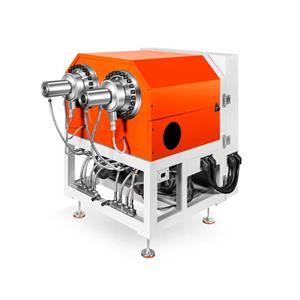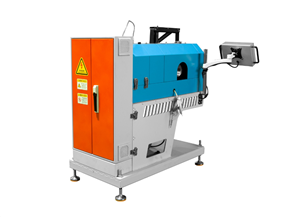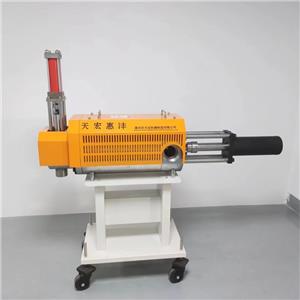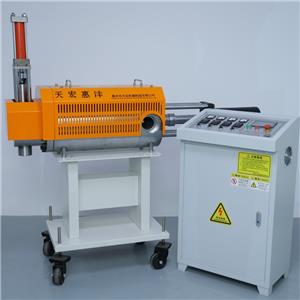Engineering Plastics: Polycarbonate (PC) – Properties, Applications and Development(1)
Definition and Structure of Polycarbonate
Polycarbonate is a general term for a class of high molecular polymers containing carbonate groups in their molecular chains. According to differences in the structure of ester groups, they can be classified into various types such as aliphatic PC, alicyclic PC, and aromatic PC. Among them, aliphatic and aliphatic-aromatic polycarbonates have limited applications in the field of engineering plastics due to their poor mechanical properties.
Currently, the main type produced industrially is aromatic polycarbonate, especially bisphenol A-type aromatic polycarbonate. Its chemical formula is the polycondensation product of bisphenol A with phosgene or diphenyl carbonate. This unique molecular structure endows polycarbonate with a series of excellent properties, making it stand out among numerous materials.
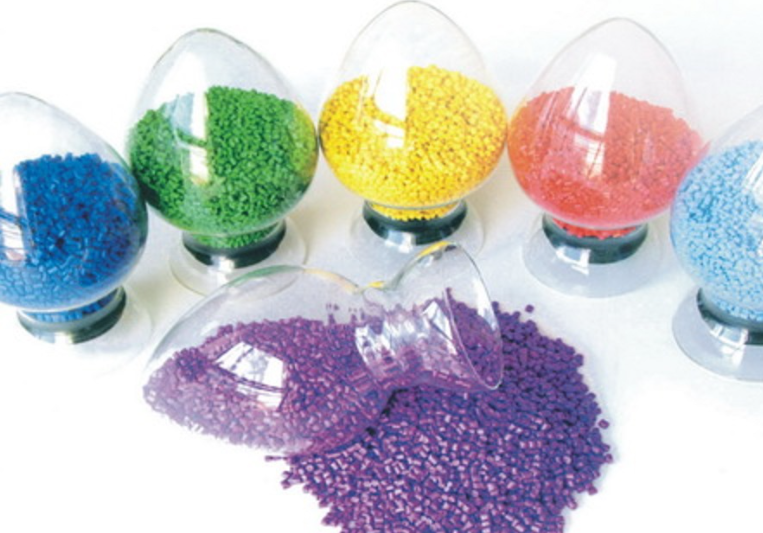
Properties of Polycarbonate
(I) Optical Properties
Polycarbonate boasts exceptional transparency, with a light transmittance of over 90%, close to that of inorganic glass, which enables it to shine in the optical field. Whether used in manufacturing precision optical components such as optical discs, lenses, and optical lenses, or daily optical products like large lampshades, protective glass, and window glass, polycarbonate can deliver a clear visual experience to users by virtue of its high transparency. Meanwhile, its good dyeing adaptability allows products to exhibit a rich variety of colors, meeting the aesthetic needs of different scenarios.
(II) Mechanical Properties
Polycarbonate exhibits excellent impact resistance, with a notched Izod impact strength as high as 600-900 J/m, ranking among the top in engineering plastics. Its tough yet rigid characteristics enable it to withstand significant external impacts without easily breaking, and this superior mechanical performance lays a solid foundation for its application in numerous fields with stringent requirements for strength and impact resistance.
In addition, the tensile and flexural strength of polycarbonate are comparable to those of nylon and polyoxymethylene, standing out among thermoplastic plastics and approaching the level of glass fiber-reinforced phenolic resins or unsaturated polyesters. Moreover, molded parts can meet high-precision tolerance requirements and maintain dimensional stability over a wide range of environmental changes, with a constant molding shrinkage rate of 0.5-0.7%. It also possesses outstanding creep resistance.
(III) Thermal Properties
Polycarbonate has a glass transition temperature of approximately 147°C and a heat distortion temperature of 135°C, allowing it to be used stably for long periods within the temperature range of -45°C to 120°C. This excellent thermal stability enables it to adapt to various complex working environments; whether in cold polar regions or hot tropical climates, products made of polycarbonate can function normally.
In addition, polycarbonate melts at 220-230°C and has a thermal decomposition temperature exceeding 310°C. It is a self-extinguishing resin, which to a certain extent enhances its safety when used in high-temperature environments.
(IV) Chemical Stability
Polycarbonate has good resistance to weak acids, weak alkalis, and neutral oils, and can maintain stable performance in environments containing these chemical substances. However, it is relatively sensitive to strong alkalis and prone to corrosion by them, and its UV resistance is relatively poor.
Therefore, in practical applications, appropriate protection or modification treatments should be applied to polycarbonate according to the specific service environment to extend its service life.
Production Processes of Polycarbonate
(I) Phosgene Method (Interfacial Polycondensation)
The phosgene method is currently one of the mainstream processes for producing polycarbonate. In this process, bisphenol A reacts with phosgene in an alkaline solution to form high molecular weight PC. The advantage of this method is that it can produce polycarbonate products with high purity and excellent quality.
However, phosgene is a highly toxic gas, requiring strict safety protection measures during production to ensure the safety of operators and the environment. Additionally, it places extremely high requirements on the sealing and corrosion resistance of production equipment, which increases production costs and technical challenges.
(II) Transesterification Method (Melt Polycondensation)
The transesterification method is another important production process for polycarbonate. It uses diphenyl carbonate and bisphenol A as raw materials to carry out polycondensation reactions under high-temperature and vacuum conditions.
This method features a relatively simple process flow and does not require the use of highly toxic phosgene, which reduces safety risks in the production process to a certain extent. However, the transesterification method also has some drawbacks. For instance, the molecular weight of the polycarbonate produced is relatively low, and the product performance may be inferior to that of polycarbonate produced by the phosgene method in some aspects. Therefore, this method is more suitable for producing low-viscosity products that do not have high requirements for molecular weight.
Current Status of the Polycarbonate Industry
(I) Global Production Capacity and Output
The global production capacity of polycarbonate (PC) continues to expand, though the growth rate is gradually slowing down. In 2024, the global PC production capacity increased by 4.7% year-on-year, with output growing by 4.0% year-on-year, and the average operating rate of production facilities stood at 63.5%.
The regional concentration of global PC production is shifting toward Northeast Asia, with production primarily concentrated in regions such as Northeast Asia, Western Europe, and North America. In 2024, Northeast Asia accounted for 66.3% of global PC production capacity, ranking first; Western Europe accounted for 12.9%; and North America accounted for 10.3%.
The industry competition pattern is highly concentrated. In 2024, there were over 30 major global PC manufacturers, and the production capacity of the top 10 manufacturers accounted for 71.8% of the world’s total production capacity. Among them, Covestro is the world’s largest PC producer.
(II) International Trade Situation
In 2023, the total value of international trade in polycarbonate (PC) was USD 8.93 billion, a year-on-year decrease of 23.5%, with a total trade volume of 3.232 million tons, down 15.6% from the previous year. In terms of prices, the global average export price of PC was USD 2,761.6 per ton, a year-on-year decrease of 9.4%.
China, India, and Mexico are the world’s major PC importing countries, with their total imports accounting for approximately 43.9% of the global total imports. South Korea, Thailand, and China are the main exporting countries, whose total exports account for about 44.4% of the global total exports.
(III) Situation of the Chinese Market
The growth rate of China's PC production capacity has slowed down. In the past few years, China's PC production capacity expanded rapidly, and the obvious phenomenon of supply shortage in the industry has been significantly improved. In the past two years, the industry has begun to return to rationality, with the pace of capacity expansion slowing down significantly, gradually shifting from the previous high-speed expansion to optimizing existing stock and improving efficiency.
In 2024, China's PC production capacity increased by 13.1% year-on-year, and its output rose by 22.6% year-on-year. China's PC imports have continued to decrease while exports have kept increasing. In 2024, China's PC imports dropped by 14.8% year-on-year, and exports grew by 34.6% year-on-year.
China's PC imports are mainly through general trade and processing with imported materials, accounting for 69.6% and 18.9% of the total imports respectively. China's imported PC mainly comes from countries and regions such as South Korea, Thailand, and China's Taiwan Province, accounting for approximately 60.3% of the total imports.
China's apparent consumption of PC increased by 8.9% year-on-year, and the self-sufficiency rate rose by 9.9 percentage points year-on-year. With the completion and commissioning of several new and expanded facilities, China's PC production capacity will further increase, and the supply volume will also grow rapidly. Although the products from the new facilities are still not enough to quickly and effectively replace imported materials, the self-sufficiency rate has increased significantly, and the dependence on foreign raw materials has dropped noticeably.

